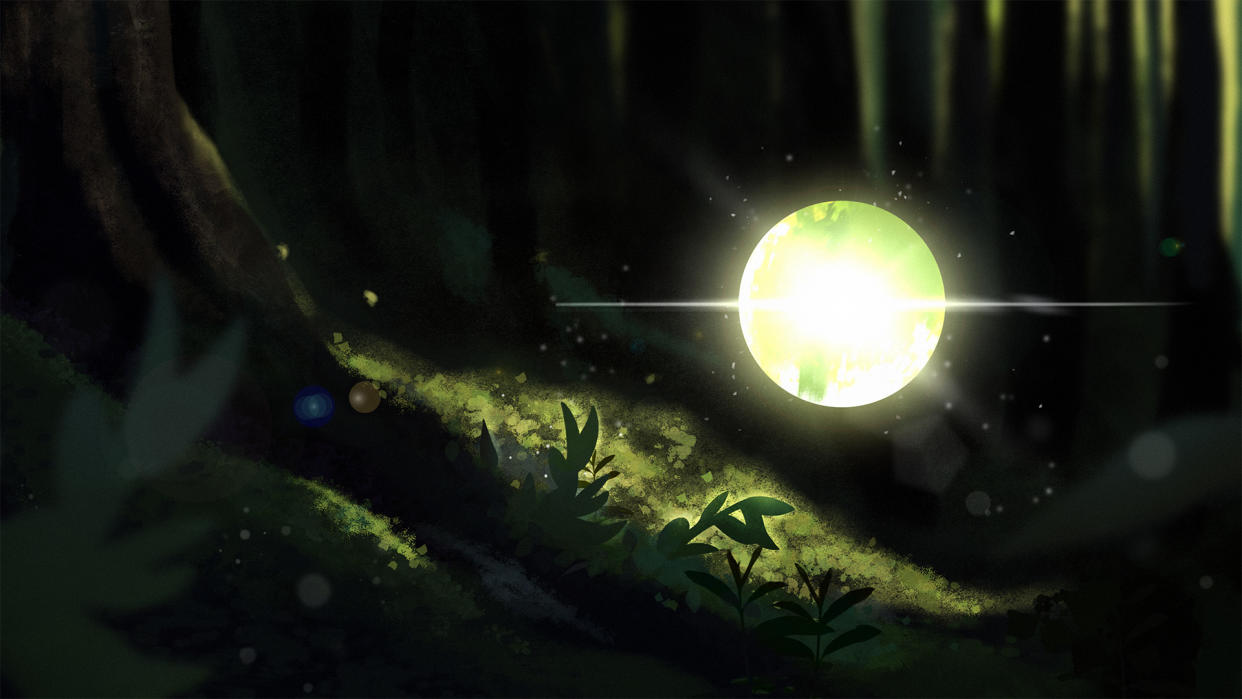Scientists have finally discovered how photosynthesis starts — by setting it off with a single photon

Light is the basis for almost all life on Earth. Using energy from the sun, plants, algae and some bacteria create complex sugar molecules that serve as the foundations for most of nature's food chains. But parts of this world-feeding chemical reaction have remained somewhat of a mystery — until now.
For the first time, researchers have observed the beginnings of photosynthesis, starting with a single photon.
"A huge amount of work, theoretically and experimentally, has been done around the world trying to understand what happens after the photon is absorbed. But we realized that nobody was talking about the first step," Graham Fleming, a chemist at the University of California Berkeley and co-author of the new research, said in a statement. Fleming and his team described the process in a study published June 14 in the journal Nature.
Related: Scientists accidentally discover photosynthesis doesn't work exactly like we thought it did
When light hits a plant's chloroplast — the sugar factory of the organelle world — it absorbs energy from the incoming photons and uses it to turn carbon dioxide and water into glucose and oxygen, thanks to a pigment called chlorophyll.
Scientists have known about this process since at least the late 1700s, but it's taken much longer to unravel the granular details. A pair of French scientists first isolated chlorophyll in the early 1800s, and by the end of the century, botanist Theodor Wilhelm Engelmann had uncovered its role in absorbing sunlight, according to a 2019 paper published in the Annals of Botany. Researchers made more progress in determining the biochemistry of photosynthesis throughout the 20th century, discovering, for example, that excited electrons help to transfer energy through the chloroplasts.
They also realized that chloroplasts must be very sensitive to light — after all, plants can photosynthesize in shady conditions, and the photons in a ray of sunshine are relatively diffuse. Scientists hypothesized that only a small number of photons are needed to kick off the process. However, nobody had successfully observed that crucial first step.
related stories
—Some carnivorous plants evolved to eat poop instead of bugs. And they're better off for it.
—Fluorescent flashes reveal the leaf-closing secrets of 'touch-me-not' plant
In the new study, the researchers looked at purple photosynthetic bacteria, which share an ancient ancestor with modern-day plants and algae. They set up a photon source that spits out just two photons at a time. During each test, the first photon fired out was absorbed by an ultra-sensitive detector, while the other struck the bacteria's equivalent of a chloroplast. Sure enough, when the second photon hit its target, photosynthesis started up.
The researchers performed this test over 1.5 million times to ensure that the second photon, rather than some outside force, was triggering the chemical reaction. This confirmed that just one photon was enough to set off photosynthesis.
"This experiment has shown that you can actually do things with individual photons. So that's a very, very important point," Birgitta Whaley, a chemical physicist at UC Berkeley and co-author of the study, said in a statement.

